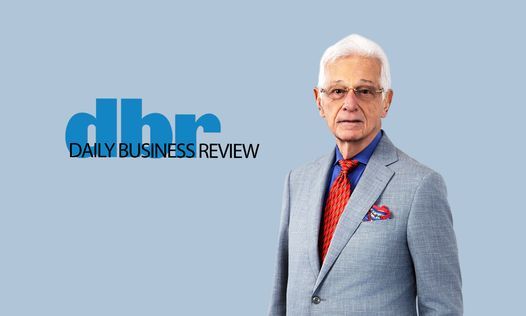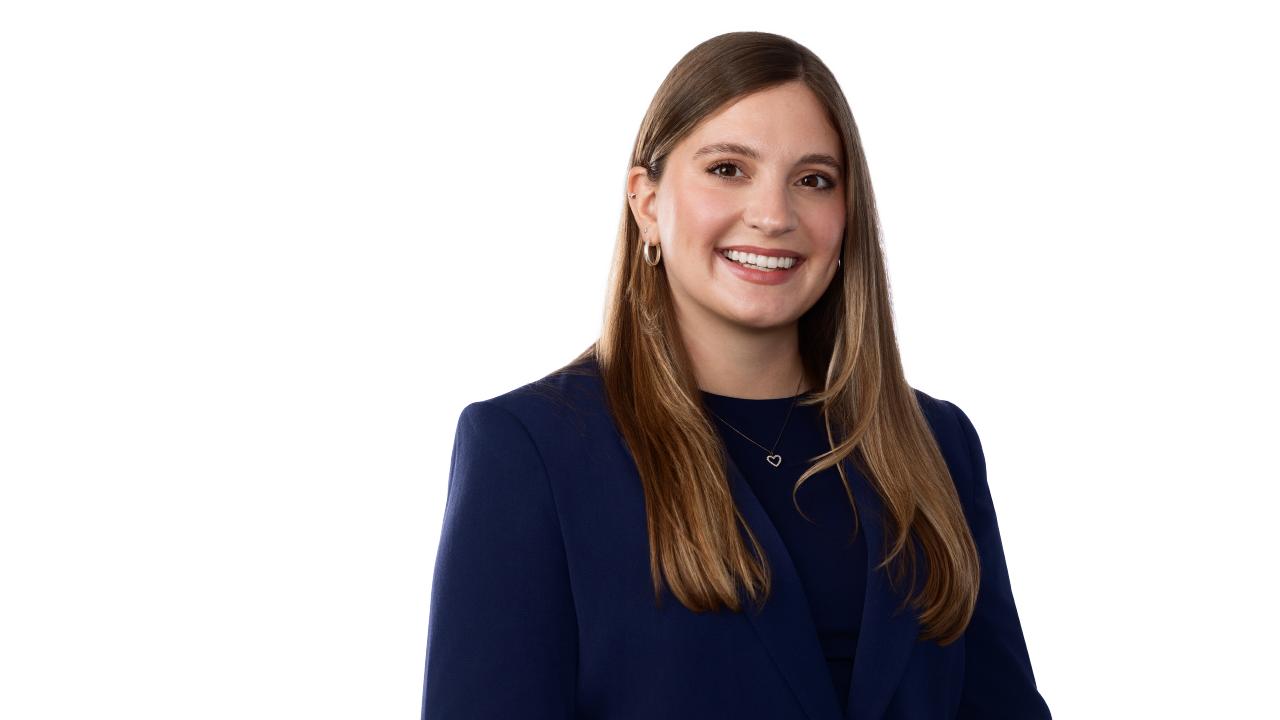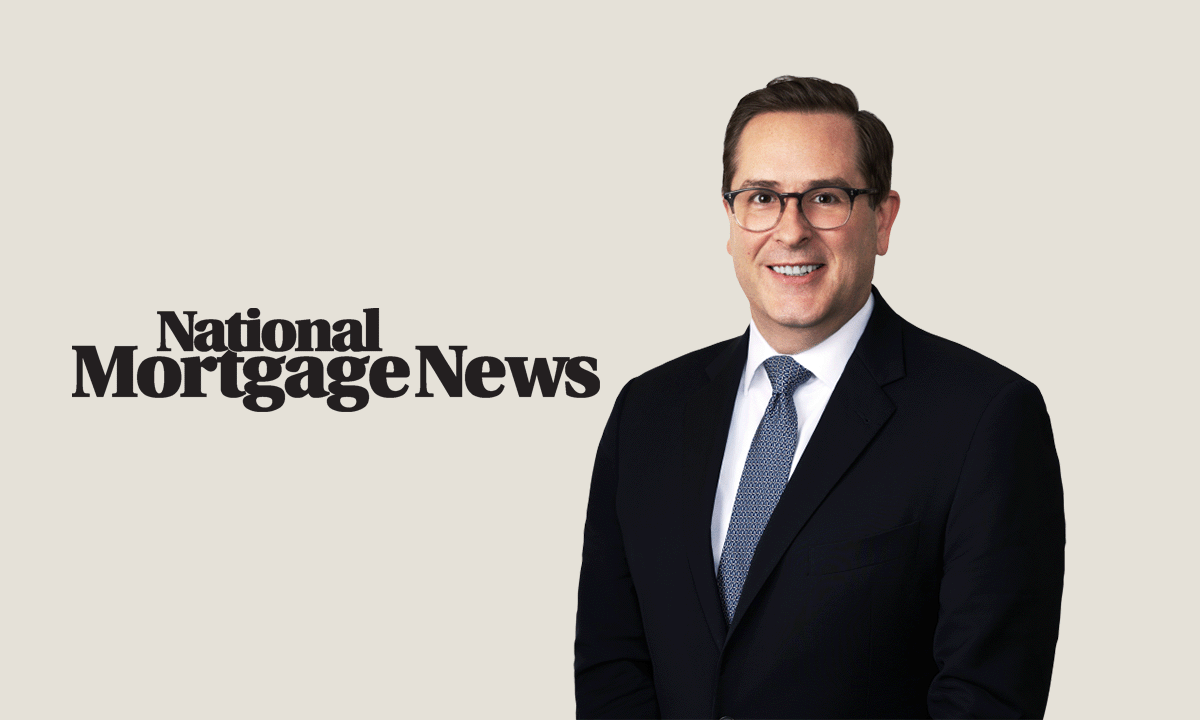An Outline of Employer Obligations Under Minnesota’s New Paid Family and Medical Leave
Minnesota’s Paid Family and Medical Leave (“Paid Leave”) establishes a state-administered wage replacement program commencing on January 1, 2026. Employers with Minnesota-based employees should be aware of several decisions and required actions that must be undertaken before the new year.
Approved and administered by the Minnesota Department of Employment and Economic Development, Paid Leave provides payments and job protections to employees who need time away from work for their own health or to care for a family member. To assist with compliance with the new Paid Leave, we provide the following overview of the changes and how they impact employers.
Minnesota Paid Leave At a Glance
- Employers must either use an approved equivalent plan or opt into the state Paid Leave plan.
- Paid Leave will provide up to 12 weeks of paid medical leave, 12 weeks of paid family leave, or up to 20 weeks of paid leave for employees who need both family and medical leave in a single year.
- Covered reasons under Paid Leave include:
-
- an employee’s own serious health condition;
- care for a family member with a serious health condition;
- pregnancy and childbirth-related leave;
- bonding with a new child through birth, adoption, or foster placement;
- certain circumstances related to a family member’s active-duty service; and
- safety leave in connection with domestic abuse, sexual assault, or stalking.
-
- Paid Leave will provide employees with partial wage replacement depending on income levels.
- Paid Leave may be taken by employees intermittently–it does not need to be taken concurrently.
- Paid Leave’s premium rate is set at 0.88 percent and capped at the Social Security Old-Age, Survivors, and Disability Insurance (OASDI) limit (currently $176,100).
-
- Small employers with fewer than 30 employees and an average wage below 150 percent of the statewide average may qualify for a reduced premium rate.
-
- Employers must contribute at least 50 percent of the total premium, and may deduct up to 50 percent from employee wages.
- Remote employees who work at least 50 percent of the year in Minnesota are subject to Paid Leave protections.
-
- If an employee does not work 50 percent or more of the year in any one state, the employee has coverage if they reside in Minnesota.
-
Steps Employers Must Take Before January 1, 2026
Employers with Minnesota employees should take the following steps now to understand their obligations, decide on internal policies, update handbooks, and notify their employees before December 1, 2025.
1. Set up Accounts
- Employers with one or more qualified employees in Minnesota must register for an Employer Account through the Unemployment Insurance (UI) website.
- Employers must also designate a Paid Leave Administrator and create a Paid Leave Administrator Account.
2. Determine Whether the State Plan or an Equivalent Plan will be Used
- Employers have flexibility in choosing a plan for their employees: they may choose the state plan, family leave, medical leave, both, or neither. Equivalent plans may be purchased through an insurance carrier or through self-insurance to provide coverage to employees.
- Nonetheless, employers must offer benefits that are as good or better than those provided by the State of Minnesota. The state has encouraged employers to apply for an equivalent plan by November 10, 2025, for approval by January 1, 2026.
3. Determine Internal Policies and Plan Handbook Updates
- Employers have a number of decisions to make, such as:
-
- how premiums will be split (if at all);
- whether supplemental payments (such as sick time, vacation time, PTO, or short-term disability) will be permitted to “top up” employees’ pay;
- whether employees may take intermittent leave after they exhaust 480 hours of Paid Leave;
- what increment of time employees may take Paid Leave in (up to increments of one day);
- how employees should notify their employer that they are applying for Paid Leave; and
- whether other job protections, such as the Family and Medical Leave Act (FMLA) or pregnancy and parental leave, will run concurrently with Paid Leave.
-
4. Notify Employees
- Employers must complete two notification steps by December 1, 2025:
-
- (1) Post the state’s required workplace notice poster for the state plan or equivalent plan, and
- (2) Notify individual employees “directly.”
-
- Employers using both the state and a private plan must provide employees with notice for each plan.
- Employers must obtain a signed acknowledgement that employees received the notice. If an employee refuses to sign such notice, employers must show how the employee was notified.
Featured Insights

Employment Law Observer
Dec 8, 2025
12 Days of California Labor and Employment: 2025 Year in Review

Press Release
Dec 4, 2025
Hinshaw Recognized by the Leadership Council for Legal Diversity as a 2025 Top Performer

Press Release
Nov 25, 2025
Hinshaw Legal Team Secures Summary Judgment in Gas Station Injury Case

Press Release
Nov 18, 2025
Hinshaw Releases the Third Edition of Duty to Defend: A Fifty-State Survey

In The News
Nov 13, 2025
A Profile on Neil Rollnick: After 57 Years in Practice, He Has No Plans to Retire

Press Release
Oct 22, 2025
Hinshaw & Culbertson LLP Launches New Website and Refreshed Brand







